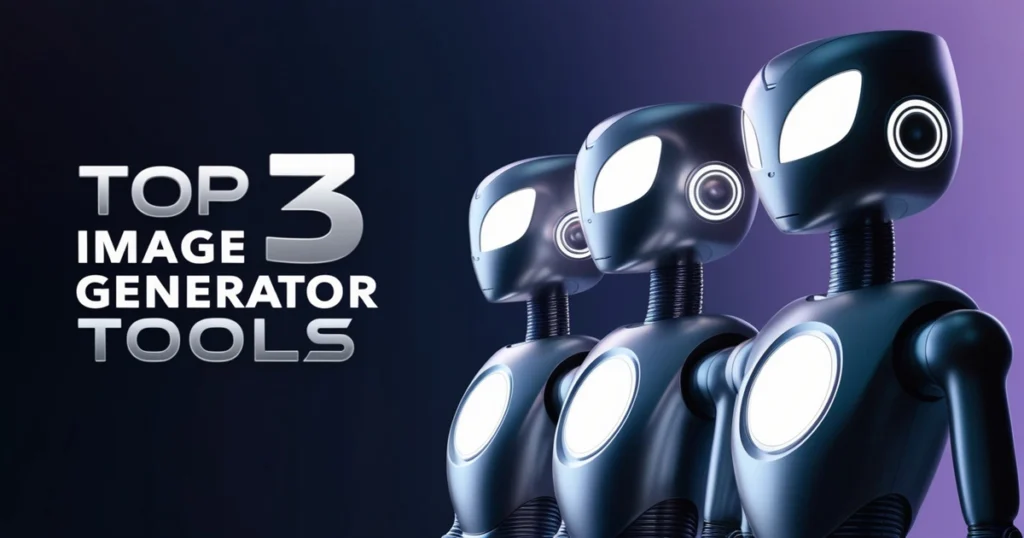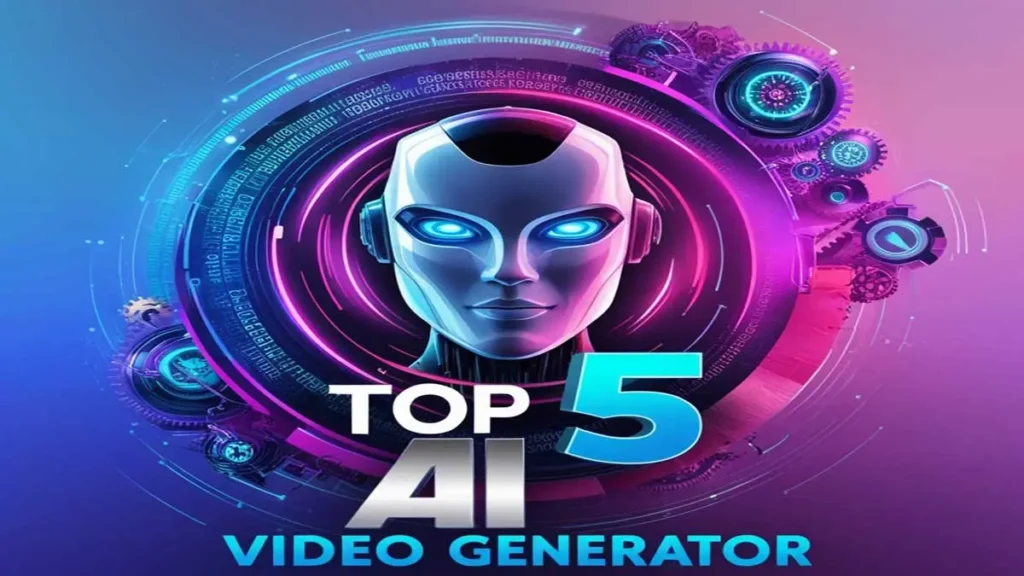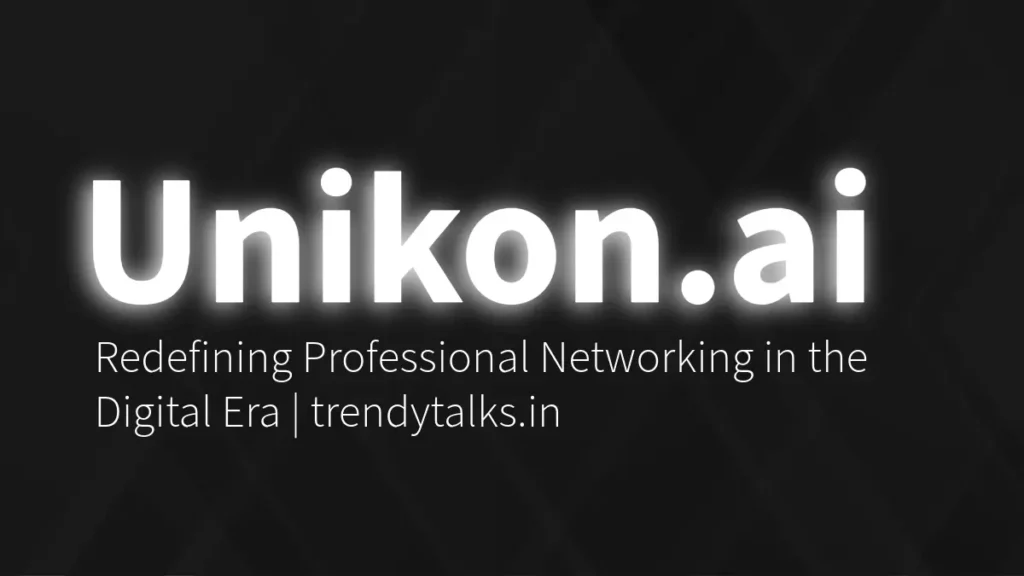Understanding AI and Its Impact on Careers
What is Artificial Intelligence?
Artificial Intelligence (AI) is the simulation of human intelligence in machines programmed to think and learn like humans. let’s dive deeper :
- Definition and Overview – At its core, AI involves using algorithms and computational power to perform tasks that typically require human intelligence, such as understanding language, recognizing patterns, and solving problems.
- Different Types of AI – From narrow AI, which excels in specialized tasks, to general AI, which possesses cognitive functions similar to a human, the landscape of AI is diverse. Each type serves unique purposes in various fields.
- Evolution of AI Technologies – Over the years, AI technologies have progressed from simple rule-based systems to complex neural networks that can learn and adapt, revolutionizing how we approach work and daily routines.
The Role of AI in the Modern Workplace
AI is reshaping the workforce in significant ways:
- Changes in Job Functions – Many roles are evolving with AI taking over routine tasks, allowing professionals to focus on higher-level responsibilities that require creativity and strategic thinking.
- AI-Driven Decision Making – Businesses leverage AI to analyze large data sets, providing insights that guide important decisions, from marketing strategies to product development.
- The Shift in Required Skills – As AI becomes more integrated, there’s a growing demand for skills that complement these technologies, such as data literacy and emotional intelligence.
The Benefits of Integrating AI in Careers
Integrating AI into your work routine can offer numerous advantages:
- Increased Efficiency and Productivity – AI tools can automate mundane tasks, enabling you to devote more time to what truly matters.
- Enhanced Data Analysis Capabilities – With AI’s ability to process and analyze data at scale, professionals can derive actionable insights much faster than ever before.
- Improved Customer Interaction AI – can personalize customer experiences by analyzing behaviors and preferences, leading to improved satisfaction.
Identifying AI Tools that Enhance Daily Work
Project Management and Collaboration Tools
AI tools can simplify project management and collaboration:
- Smart Scheduling Assistants – Tools like Clara or x.ai can help you schedule meetings by analyzing your calendar preferences and sending out invites on your behalf.
- Task Automation Features – Platforms like Trello and Asana often include automation features that can save time by managing task assignments and reminders automatically.
- Real-Time Collaboration Platforms – Tools such as Slack and Microsoft Teams enable teams to collaborate in real-time, fostering better communication and productivity.
Data Management and Analysis Tools
The right data management tools can make a significant difference:
- Predictive Analytics Software – Tools like Tableau or Microsoft Power BI offer predictive analytics that help identify trends and forecast future outcomes based on historical data.
- Data Visualization Tools – Programs such as Google Data Studio can make complex data more digestible through intuitive charts and graphs.
- Automated Reporting Systems AI – can streamline reporting processes with automated systems that generate regular updates without requiring manual input.
Communication and Customer Support Tools
In customer interactions, AI can enhance efficiency and effectiveness:
- AI-Powered Chatbots – Chatbots like Drift or Intercom can handle routine customer inquiries, providing instant responses and free up human agents for more complex issues.
- Email Management Systems – Tools such as SaneBox help automatically filter and prioritize emails, reducing time spent managing your inbox.
- Voice Assistants for Customer Interactions – Services like Amazon Alexa for Business can assist teams in setting reminders and scheduling, streamlining daily tasks.
How to Choose the Right AI Tools for Your Career
Assessing Your Needs and Goals
Before diving into the world of AI tools, take some time to reflect:
- Identifying Specific Pain Points – Think about tasks that consume too much time or often lead to errors—these are good candidates for automation.
- Setting Measurable Objectives – Define what you want to achieve with these tools—be it more time, increased accuracy, or improved collaboration.
- Understanding Your Work Environment – Different environments may benefit from different tools. Consider your team size, work culture, and existing tools.
Evaluating Tool Options
Once you know what you need, evaluate potential options:
- Features and Usability – Look for tools that are user-friendly and contain features that align with your specific needs.
- Cost-Benefit Analysis – Consider both the financial cost and potential time savings or productivity increases to assess overall value.
- Integration with Existing Systems – Ensure any new tools can easily integrate with your current software to maintain workflow continuity.
Users Feedback and Reviews
User feedback can provide invaluable insights:
- Importance of Customer Ratings – High ratings can often indicate reliable tools that have worked well for others.
- Seeking Recommendations from Colleagues – Don’t hesitate to ask your colleagues or professionals in your network for their favorite tools and experiences.
- Testing and Trial Periods – Take advantage of free trials to understand whether a tool suits your needs before committing.
Implementing AI Tools into Your Work Routine
Getting Started with AI Tools
Starting with new tools can be a bit daunting:
- Training and Onboarding – Proper training can make a world of difference in how effectively you and your team can use new tools.
- Setting Up for Success – Take the time to configure and personalize settings to ensure you’re getting the most out of whatever tools you choose.
- Overcoming Initial Challenges – Be prepared for hiccups. It’s normal to face a learning curve, so give yourself and your team some patience.
Best Practices for Effective Use
Create a positive experience with these best practices:
- Developing a Routine with AI Tools – Integrate AI tools into your daily routines, making their use second nature over time.
- Regularly Reviewing Tool Performance – Periodically assess how well the tools are meeting your goals and look for areas to enhance their use.
- Encouraging Team Adoption and Collaboration – Foster a culture of sharing insights and tips on how to maximize the use of AI tools among your colleagues.
Continuous Learning and Updates
The tech world is always evolving, and so should you:
- Staying Informed about Emerging Tools – Follow tech news and engage with communities to stay updated on the latest advancements.
- Regular Skills Development – Engaging in continual learning opportunities can ensure you remain adept at using AI tools.
- Adapting to Technological Advances – Embrace flexibility; being adaptive will enhance your career in a landscape shaped by technology.
The Future of Work: A Career Landscape Shaped by AI
The Evolution of Job Roles
AI is changing what jobs look like:
- New Job Opportunities Created by AI – As AI technology grows, new roles that focus on managing or enhancing AI systems are emerging.
- The Need for Hybrid Skill Sets – Roles requiring both technical know-how and soft skills are becoming more valuable.
- The Importance of Continuous Education – Lifelong learning will be key to staying relevant as industries evolve.
Balancing Human and AI Contributions
AI should complement, not replace:
- Understanding AI Limitations – It’s essential to recognize that AI isn’t perfect and has its shortcomings.
- The Human Touch in Customer Service – While AI can handle many tasks, genuine human interaction often leads to better customer experiences.
- Collaborative Efforts between Humans and AI – The best outcomes occur when humans and AI work together, utilizing each other’s strengths.
Preparing for Future Changes in the Workplace
Anticipation can be a powerful tool:
- Anticipating Industry Shifts – Keep an eye on predicted changes in your industry and adjust your career plans accordingly.
- Developing Agility in Career Growth – Being flexible in your career path can help you adapt to shifts as they come.
- Building a Resilient Professional Network – A strong professional network can offer support and new opportunities as jobs and skills evolve.
Conclusion
- Summary of Key Insights – Embracing AI tools can empower your career and enhance your work routine, making it more efficient and productive.
- Encouragement to Embrace AI Tools in Careers – As we move forward, adopting these technologies is essential not just for survival, but for thriving in an ever-changing world.
FAQs
Some standouts include Trello for project management, Tableau for data analytics, and ChatGPT for customer interactions.
Begin by identifying areas where you can automate tasks, then research and trial relevant tools that fit your needs.
Focus on enhancing your data skills, emotional intelligence, and adaptability to new technologies.
While some jobs may change or disappear, AI also creates new opportunities, particularly for those who can work alongside it.
Foster open communication about using AI tools, share experiences, and regularly check in on tool effectiveness as a team.





